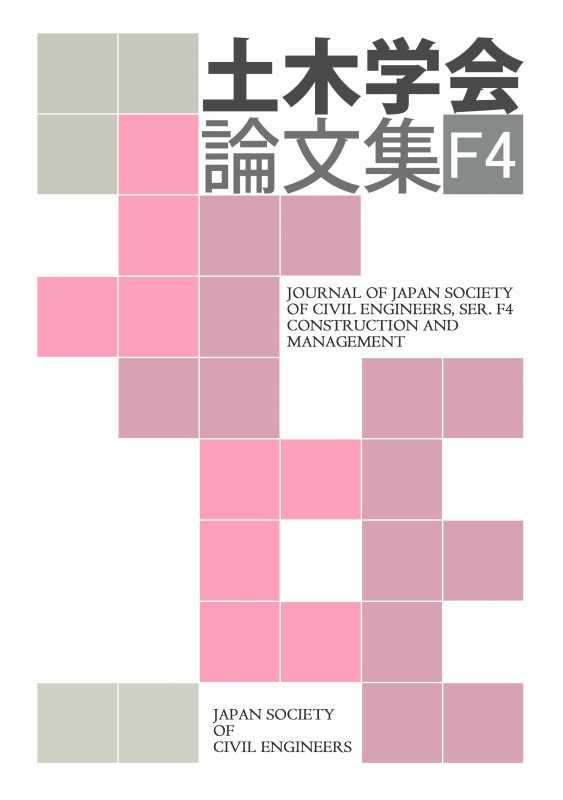Volume 76, Issue 1
Displaying 1-7 of 7 articles from this issue
- |<
- <
- 1
- >
- >|
Paper (In Japanese)
-
2020Volume 76Issue 1 Pages 1-13
Published: 2020
Released on J-STAGE: May 20, 2020
Download PDF (2524K) -
2020Volume 76Issue 1 Pages 14-28
Published: 2020
Released on J-STAGE: June 20, 2020
Download PDF (950K) -
2020Volume 76Issue 1 Pages 29-41
Published: 2020
Released on J-STAGE: June 20, 2020
Download PDF (2319K) -
2020Volume 76Issue 1 Pages 42-50
Published: 2020
Released on J-STAGE: June 20, 2020
Download PDF (5038K) -
2020Volume 76Issue 1 Pages 51-62
Published: 2020
Released on J-STAGE: July 20, 2020
Download PDF (7393K) -
2020Volume 76Issue 1 Pages 63-82
Published: 2020
Released on J-STAGE: October 20, 2020
Download PDF (2010K)
Technical Report (In Japanese)
-
2020Volume 76Issue 1 Pages 83-89
Published: 2020
Released on J-STAGE: November 20, 2020
Download PDF (1389K)
- |<
- <
- 1
- >
- >|
